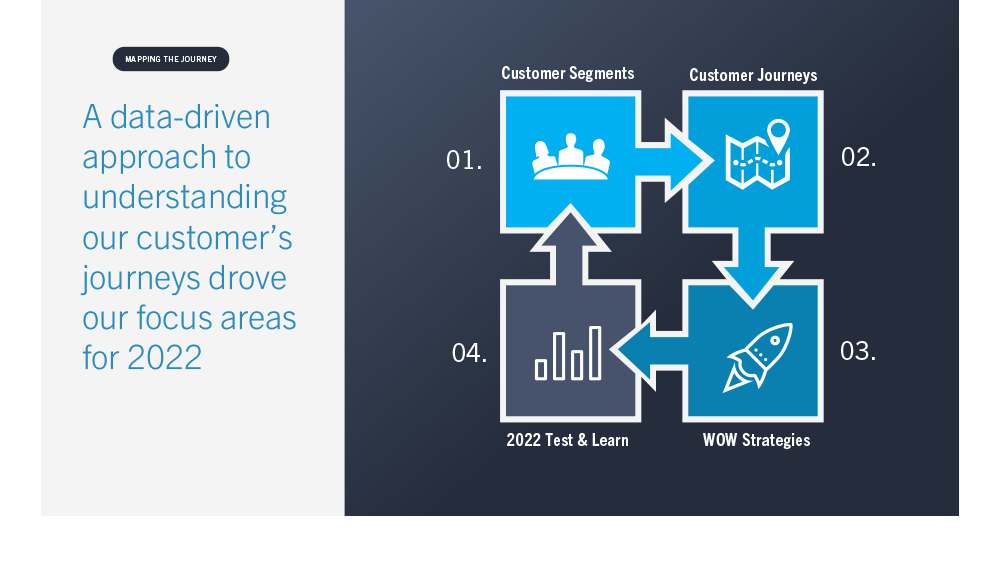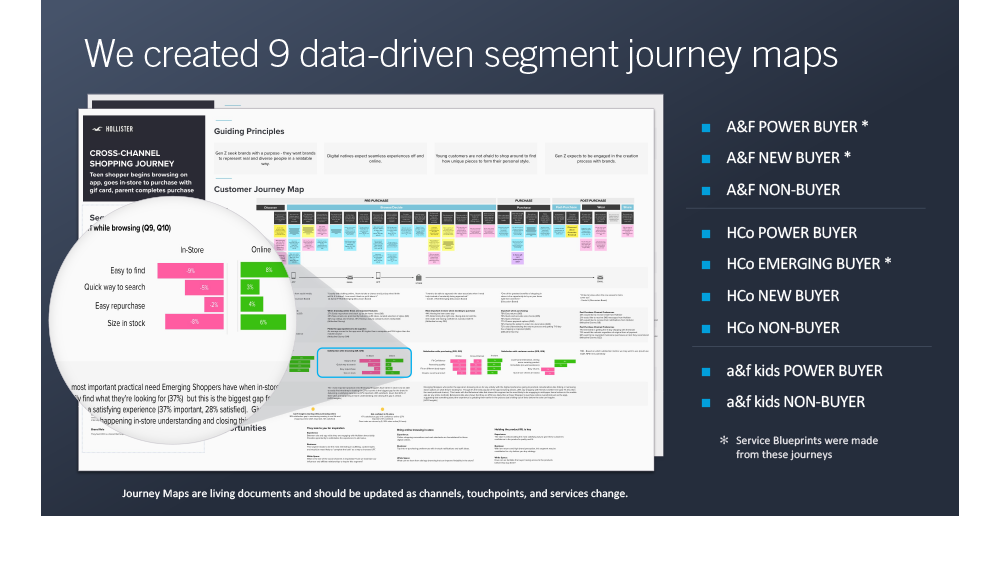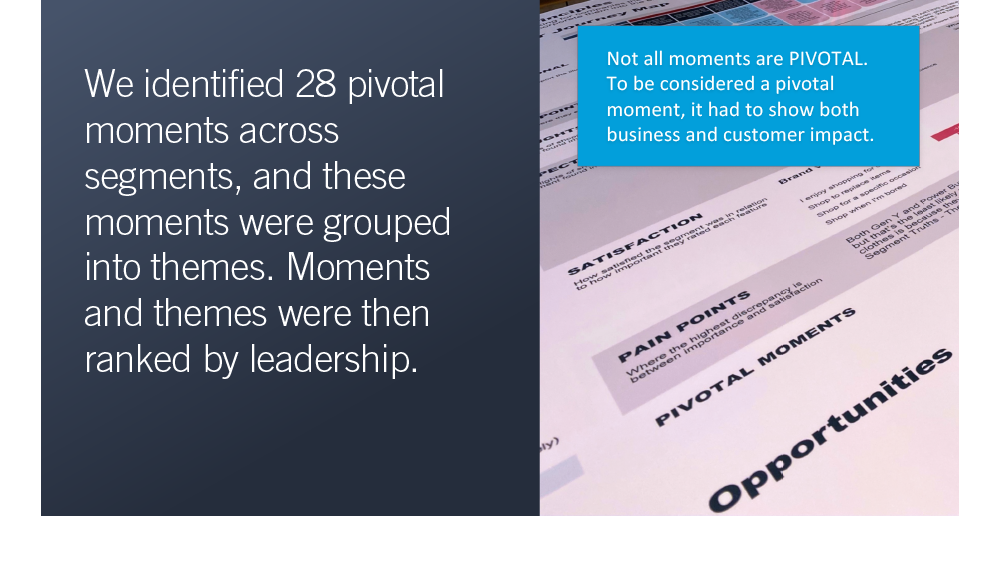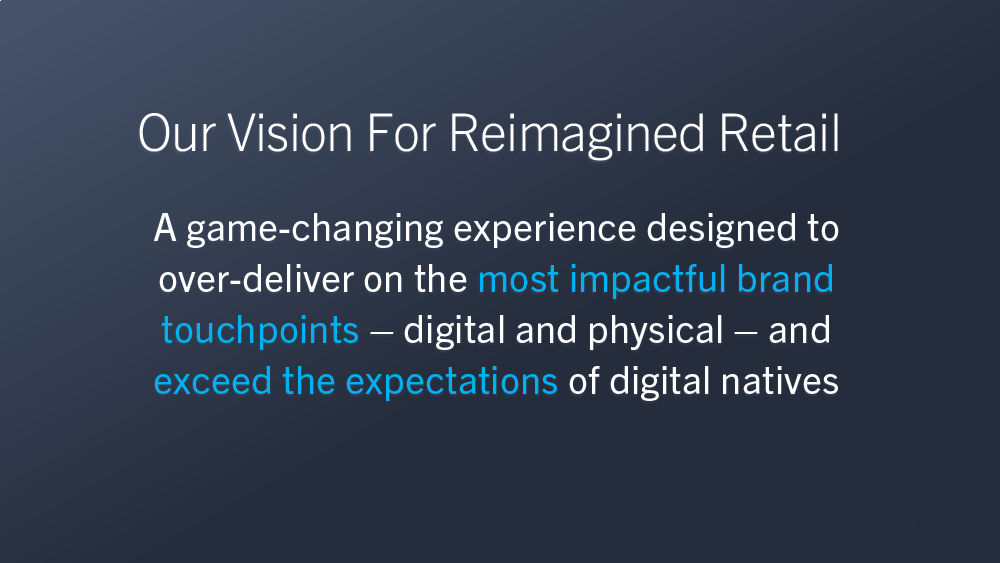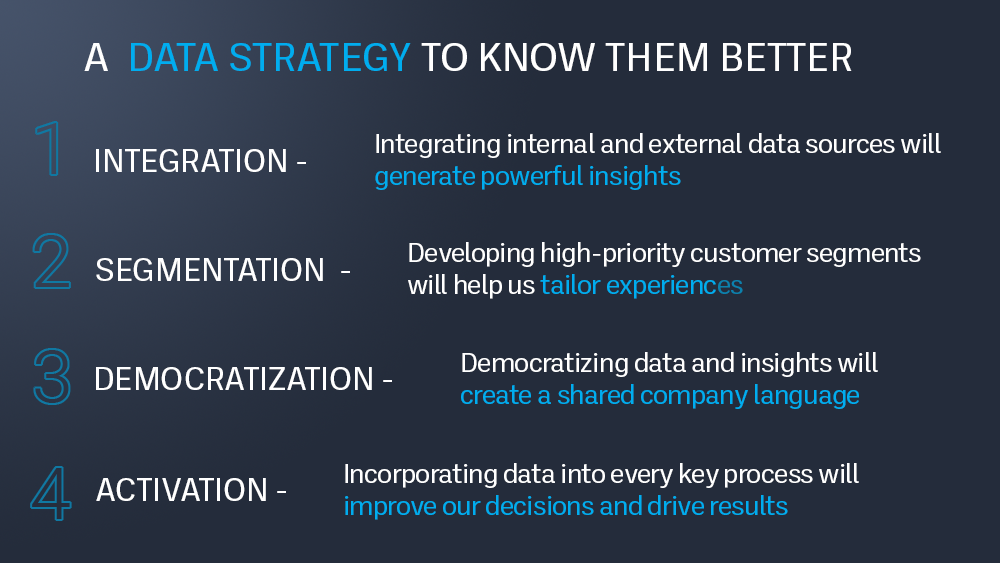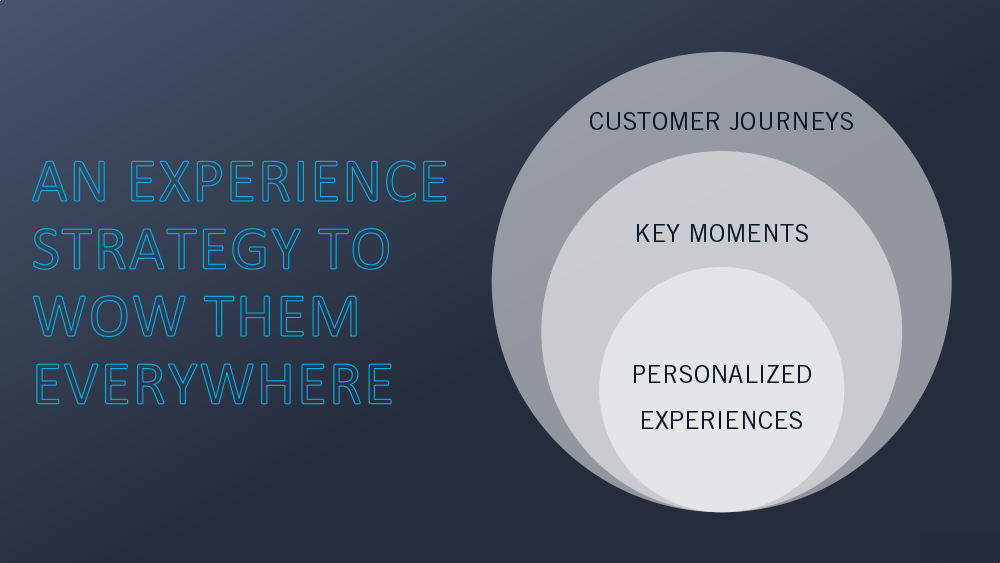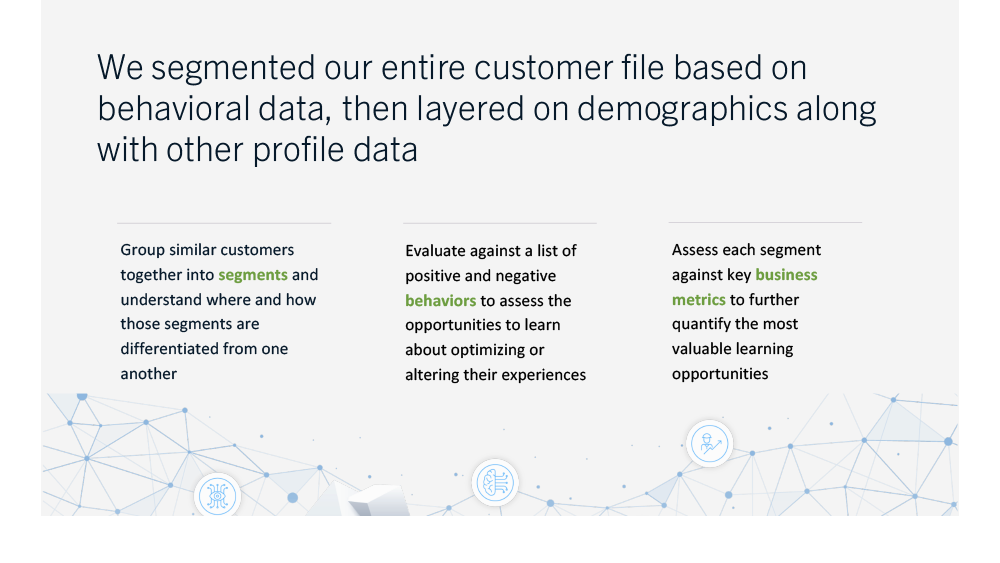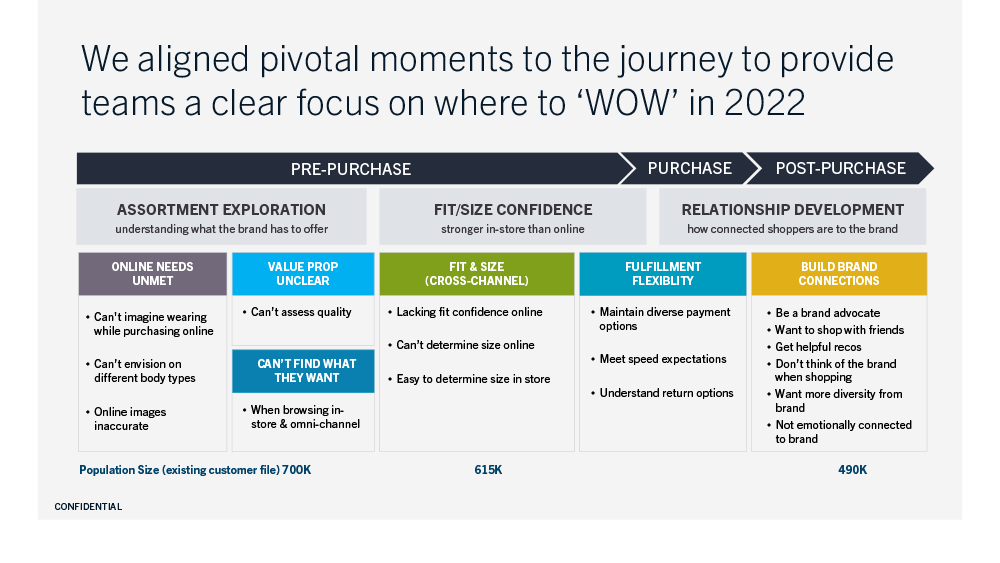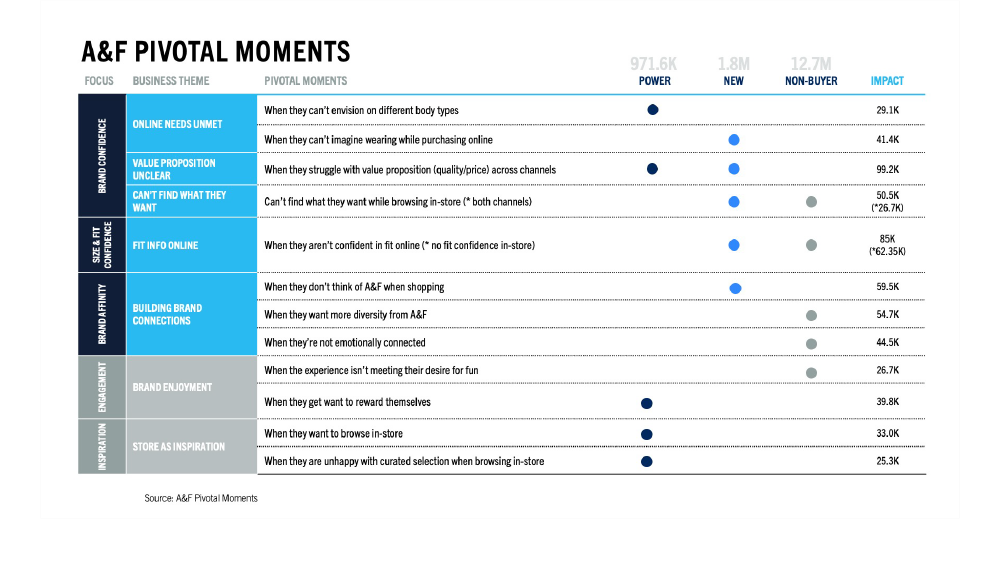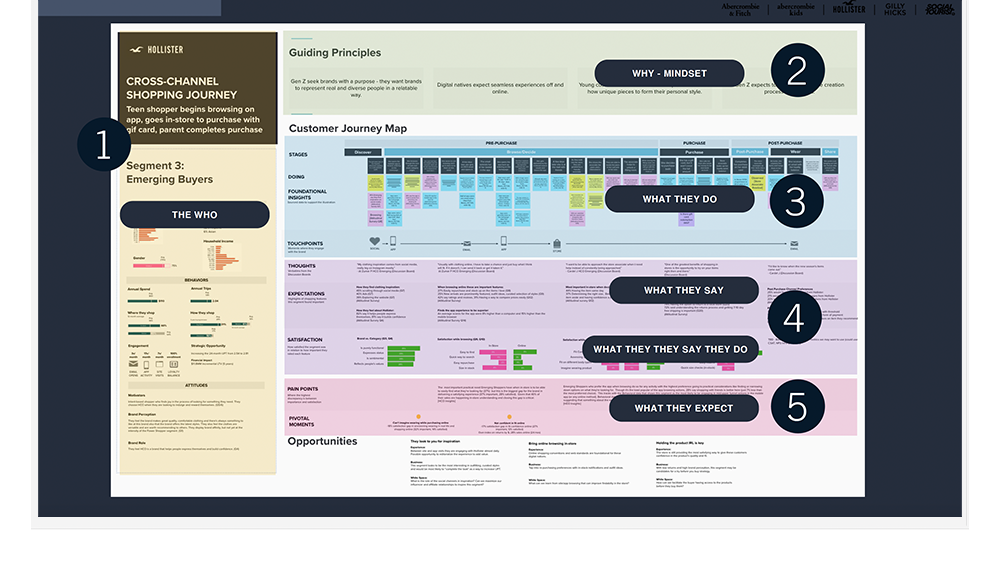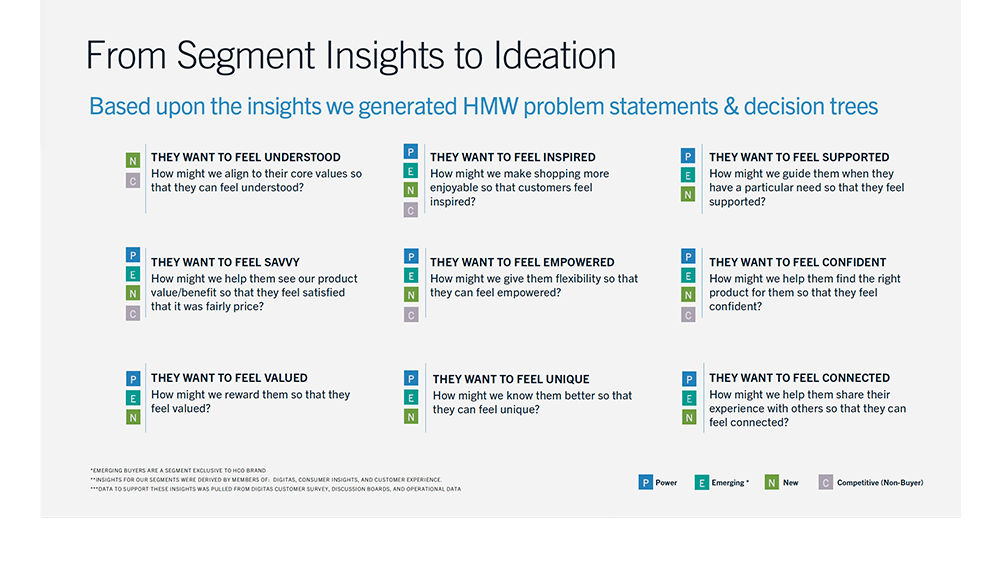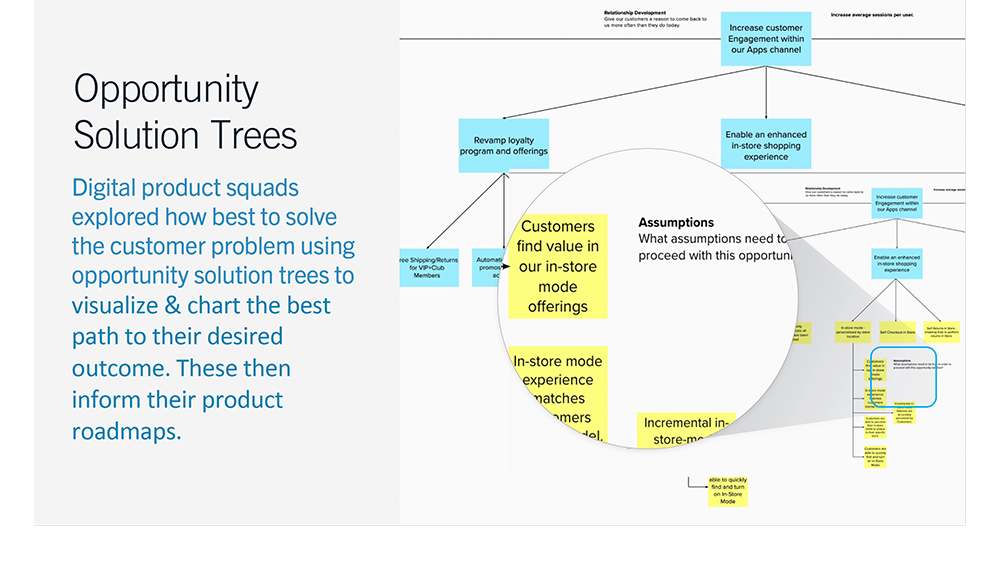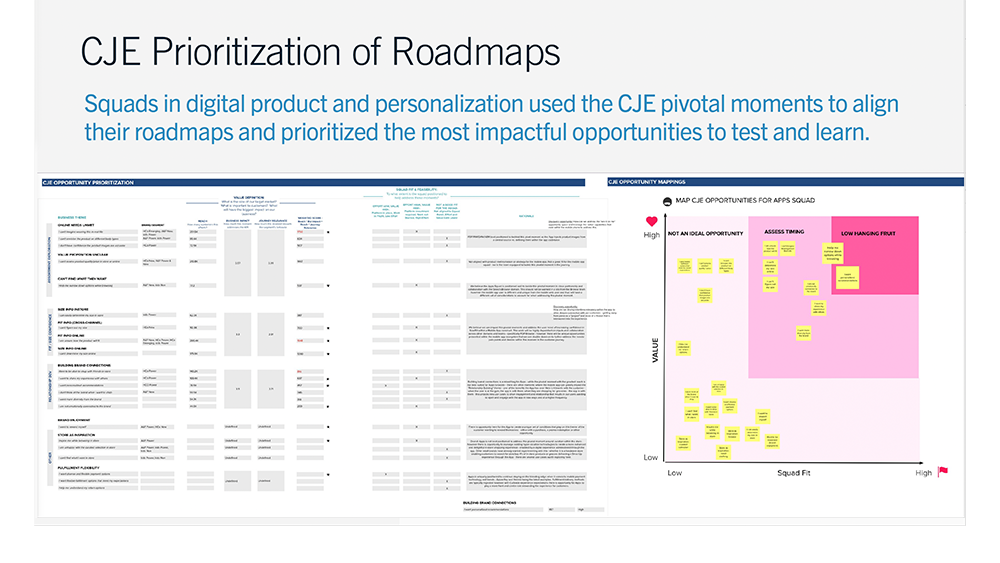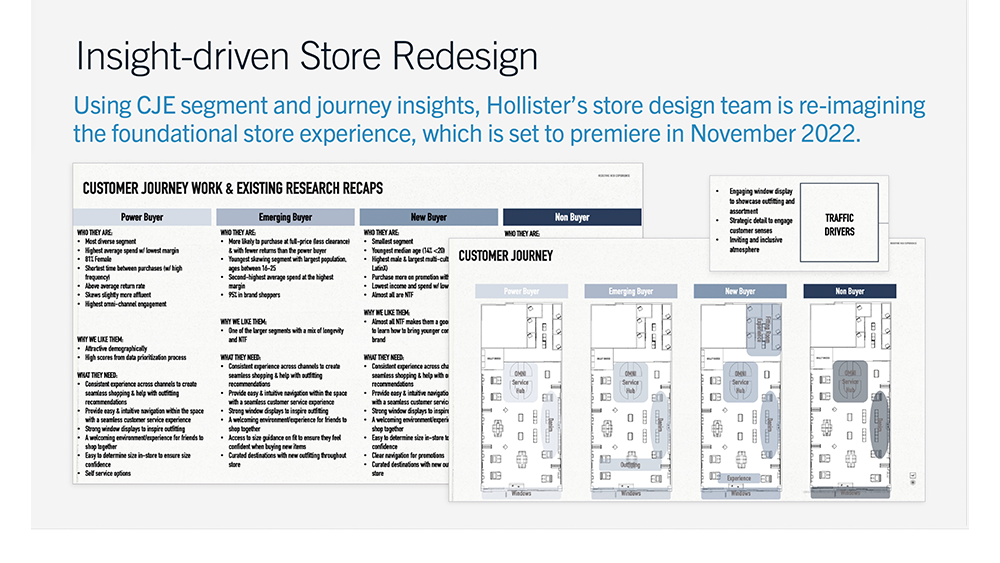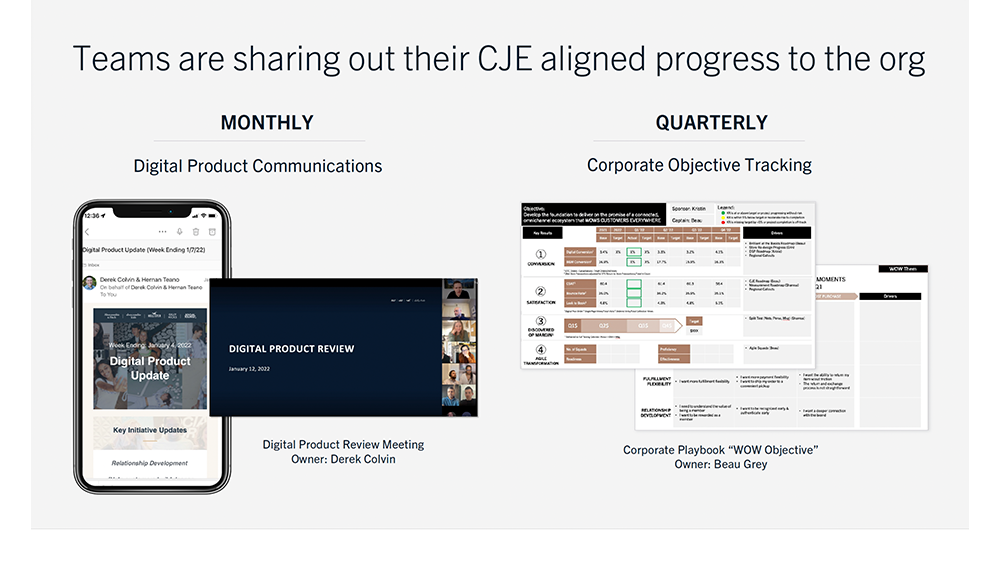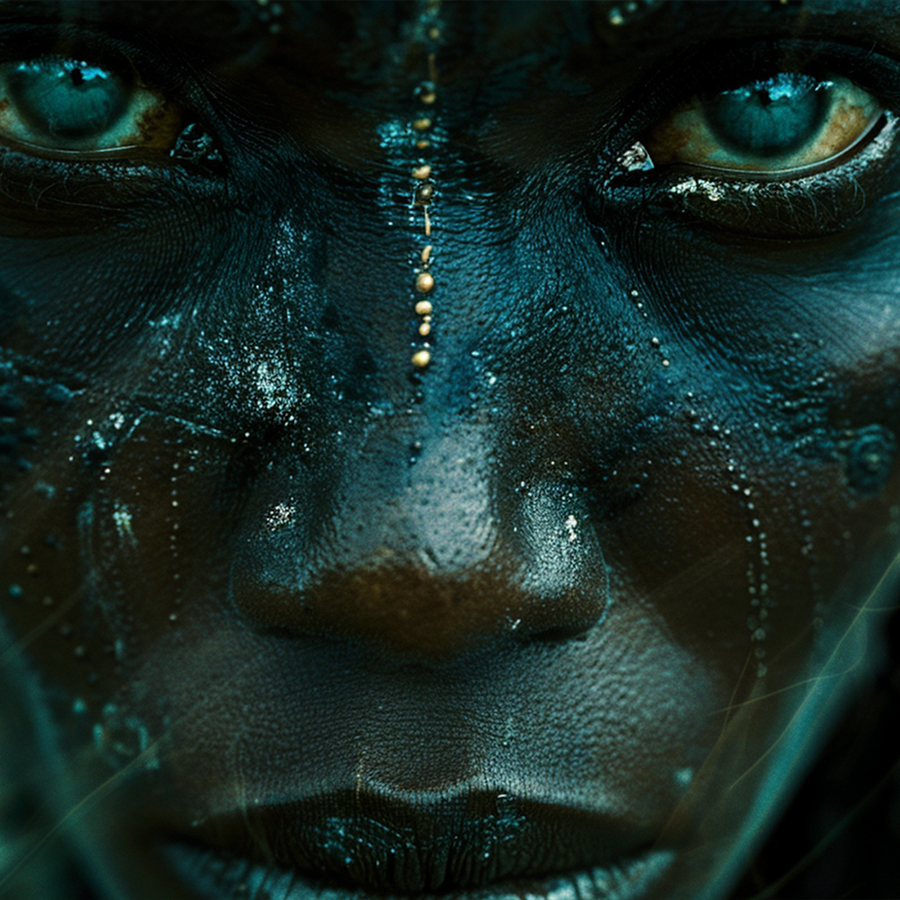Why Transformation Became a Necessity
The Customer Journey Evolution (CJE) project emerged during one of the most challenging periods in Abercrombie & Fitch’s history. In 2020, the company experienced a severe decline in sales as the pandemic disrupted global operations and customer behaviors. With store closures and shifting consumer priorities, revenue plummeted, exposing vulnerabilities in how we engaged with and served our customers. The drop in sales wasn’t just a reflection of external pressures—it also highlighted internal inefficiencies that hindered our ability to adapt quickly and effectively.
At the same time, customer expectations were changing faster than ever. Digital channels became the primary shopping method, and customers demanded seamless, personalized, and convenient experiences. Yet, our efforts—though well-intentioned—were fragmented. Previous attempts to enhance digital tools, refine store strategies, or improve customer service often operated in silos, limiting their impact and leaving us unable to meet the moment.
The urgency was clear: recovering lost revenue wasn’t just about addressing immediate challenges. It was about building a long-term strategy to reimagine the customer experience from the ground up. The CJE project became that strategy—a bold initiative to rethink every touchpoint, close critical gaps, and position the company for sustainable success, all with the customer at the center of our decisions.
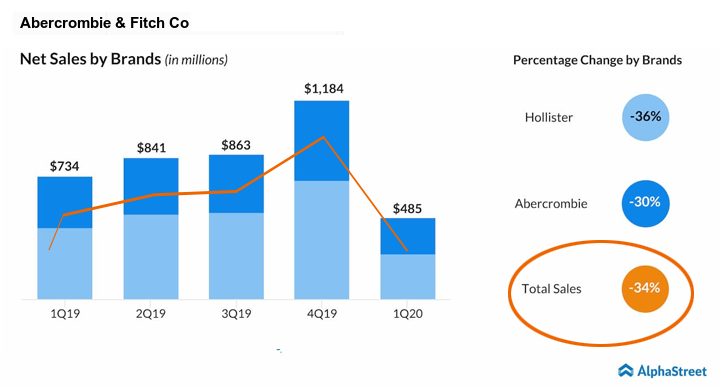
Net sales plummeted in 2020 with a loss of $699 million, with the flagship brand down 30%, and Hollister down 36%. Understanding what our customer needs were that we failed to deliver upon became the top priority for the organization.
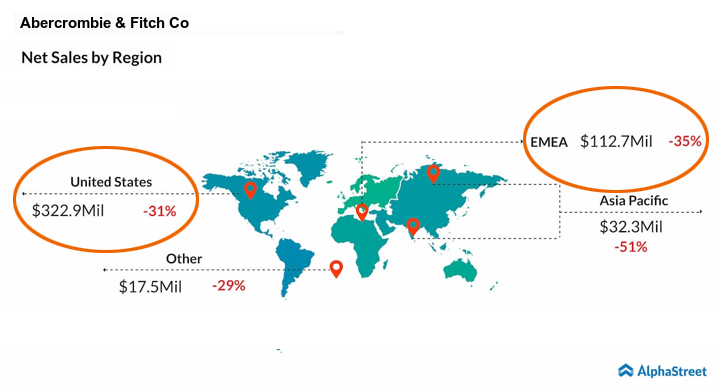
Globaly, Abercrombie and Fitch saw net sales down 31% in the United States, while EMEA saw net sales down 35%. We prioritized the United States as our initial region to focus on to achieve the greatest overall impact.
